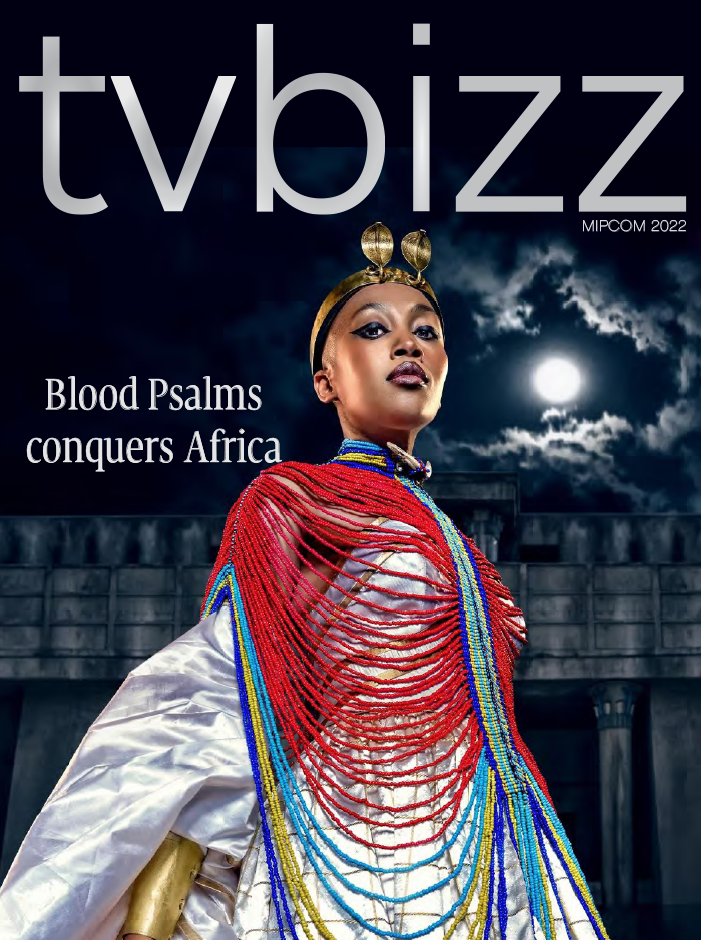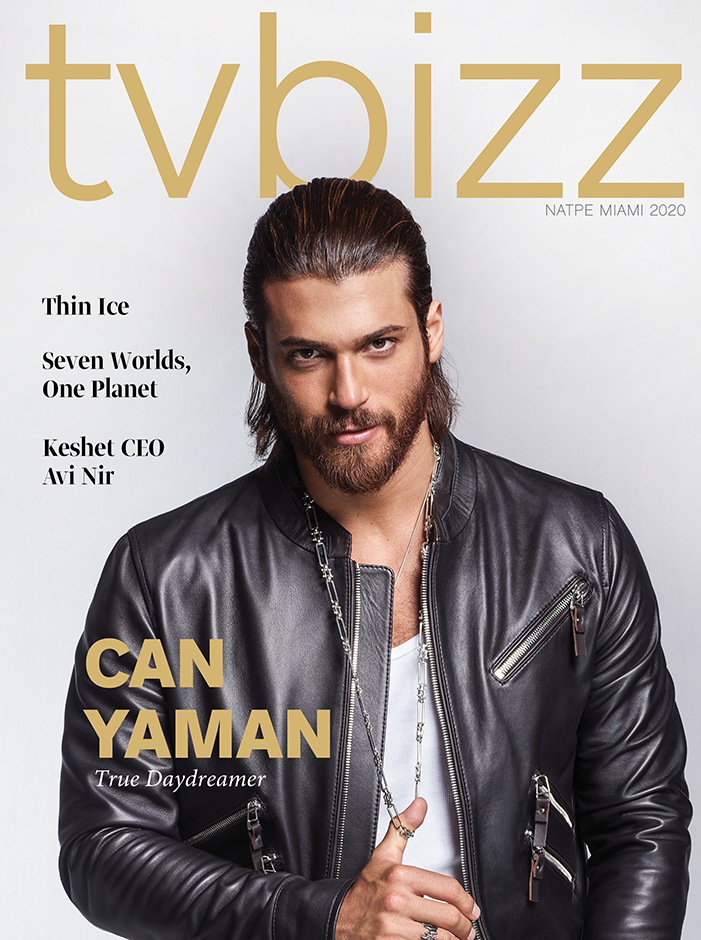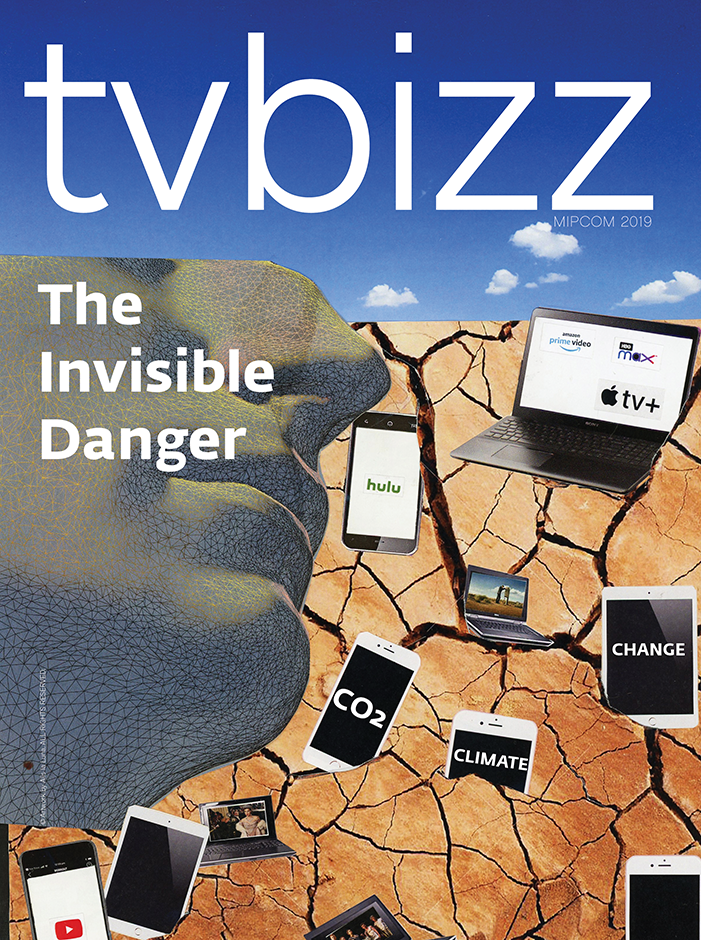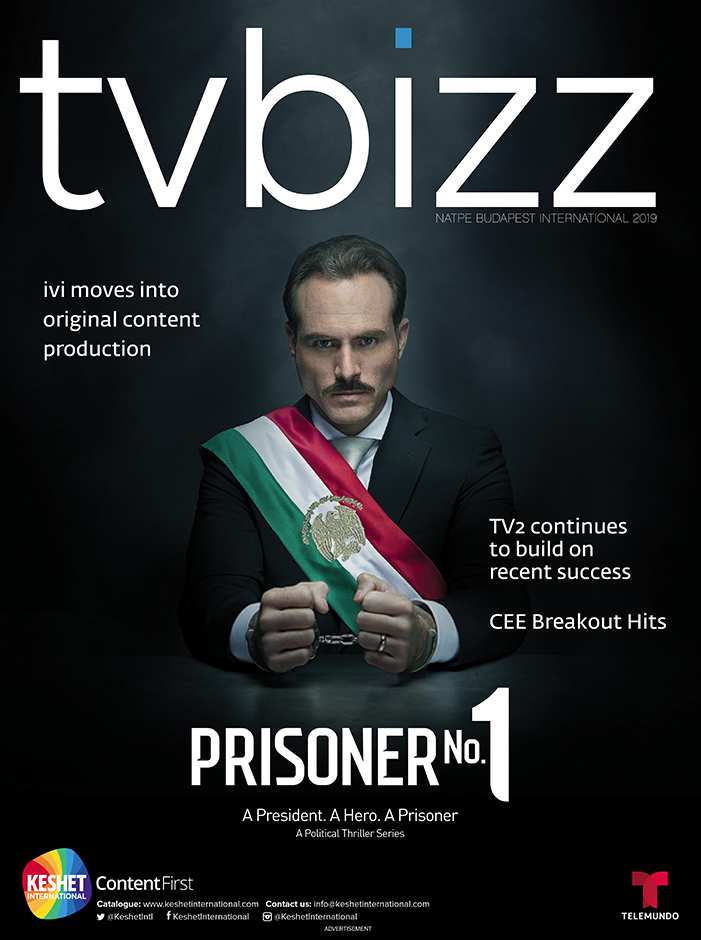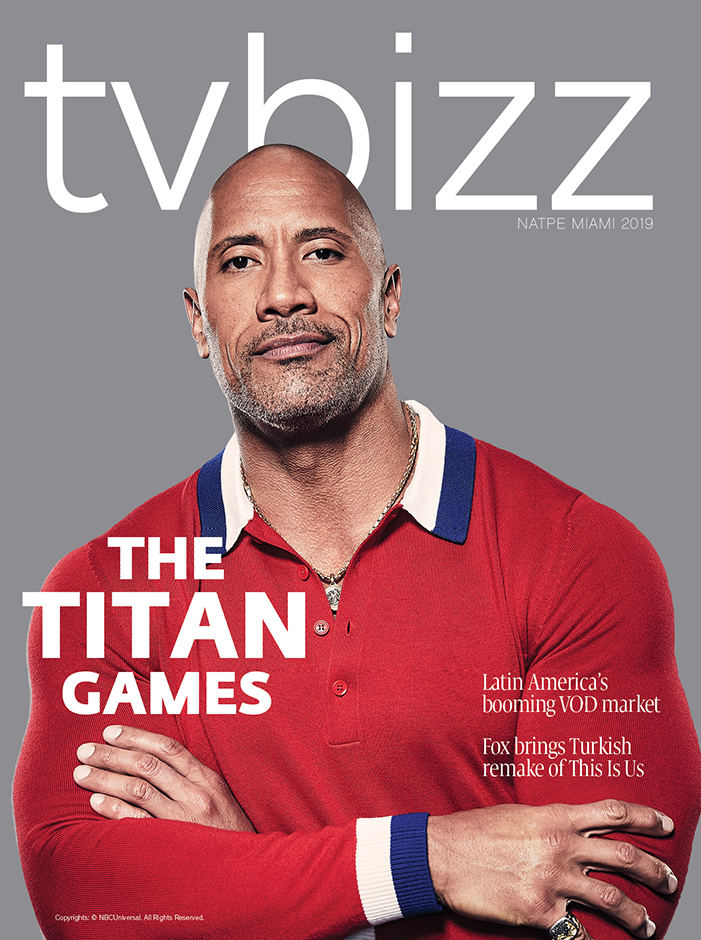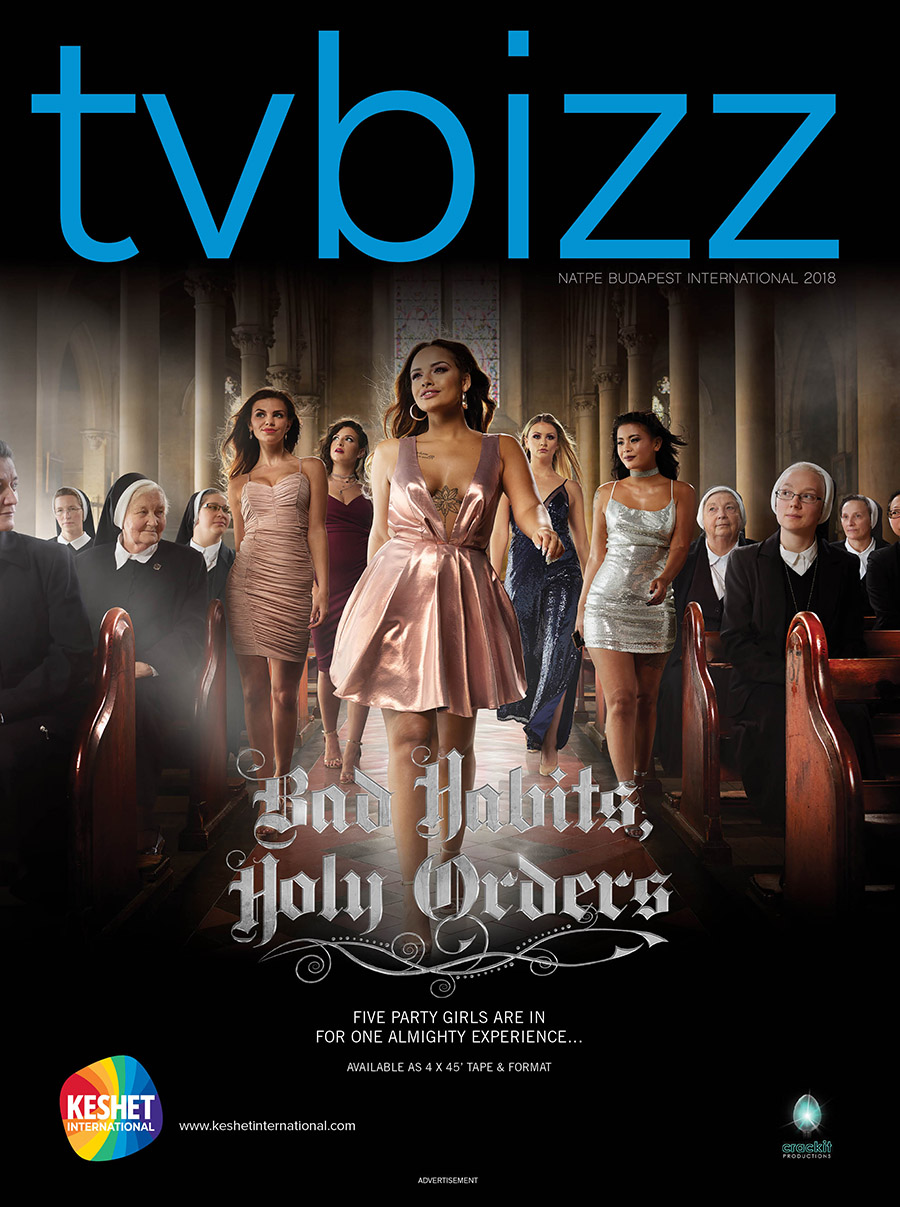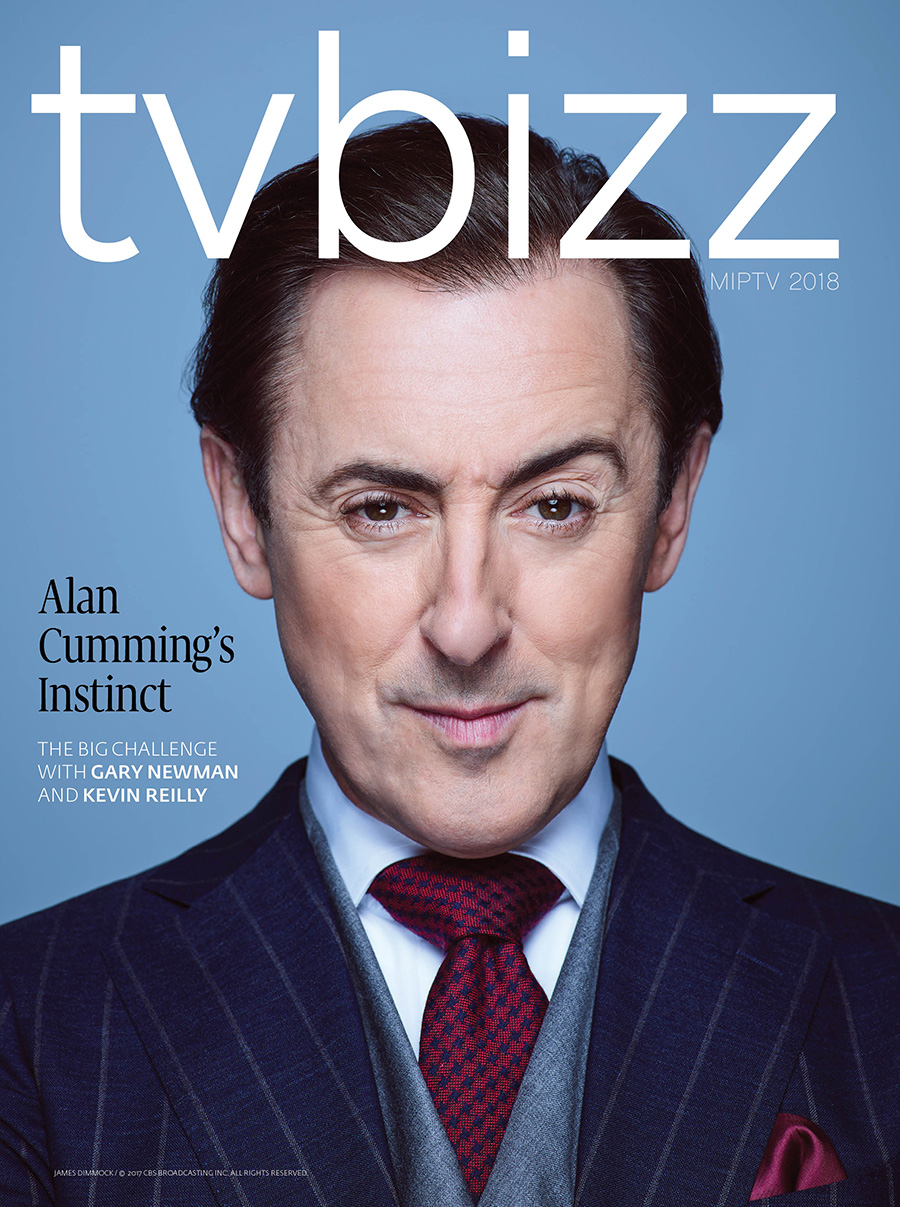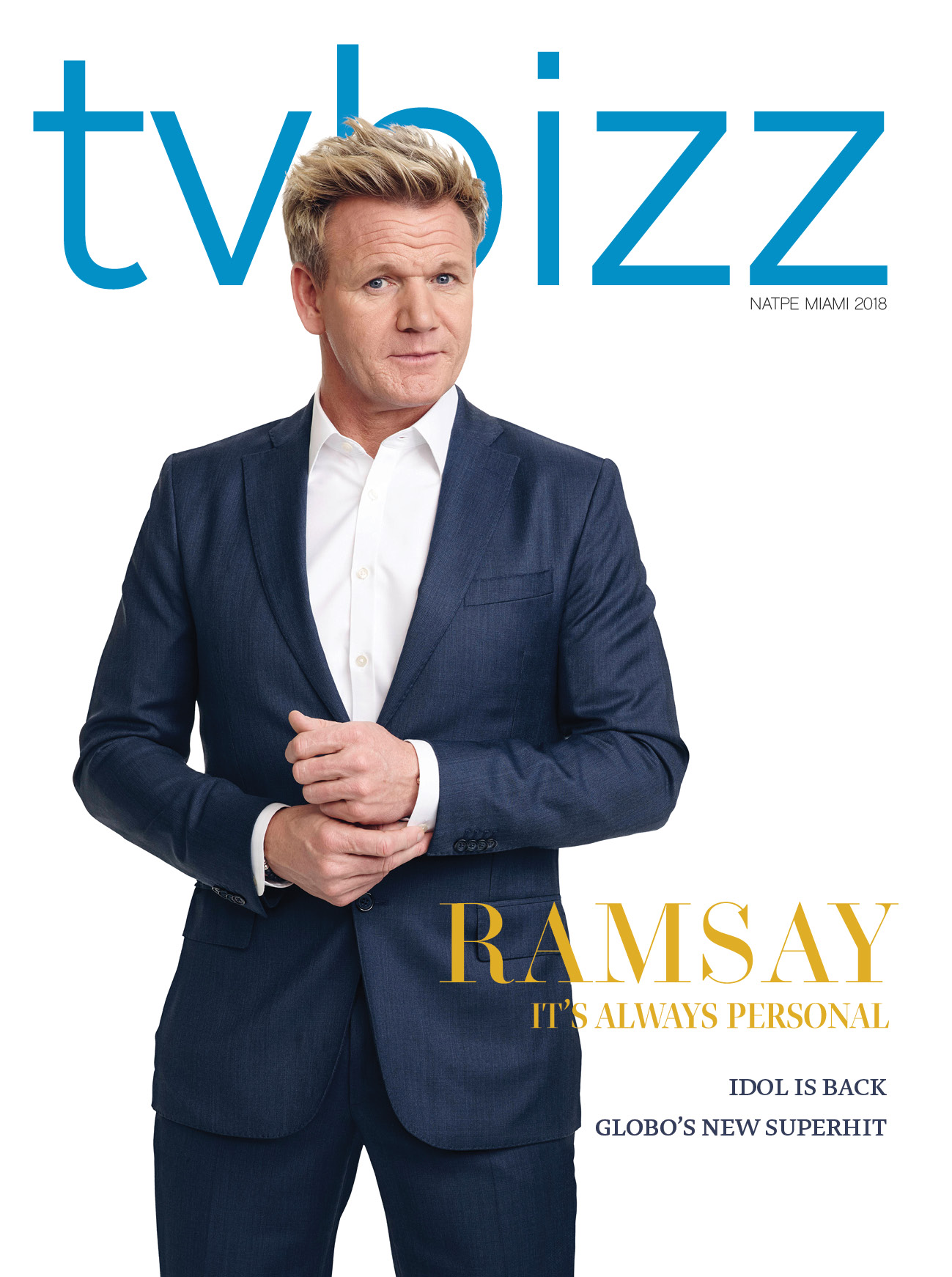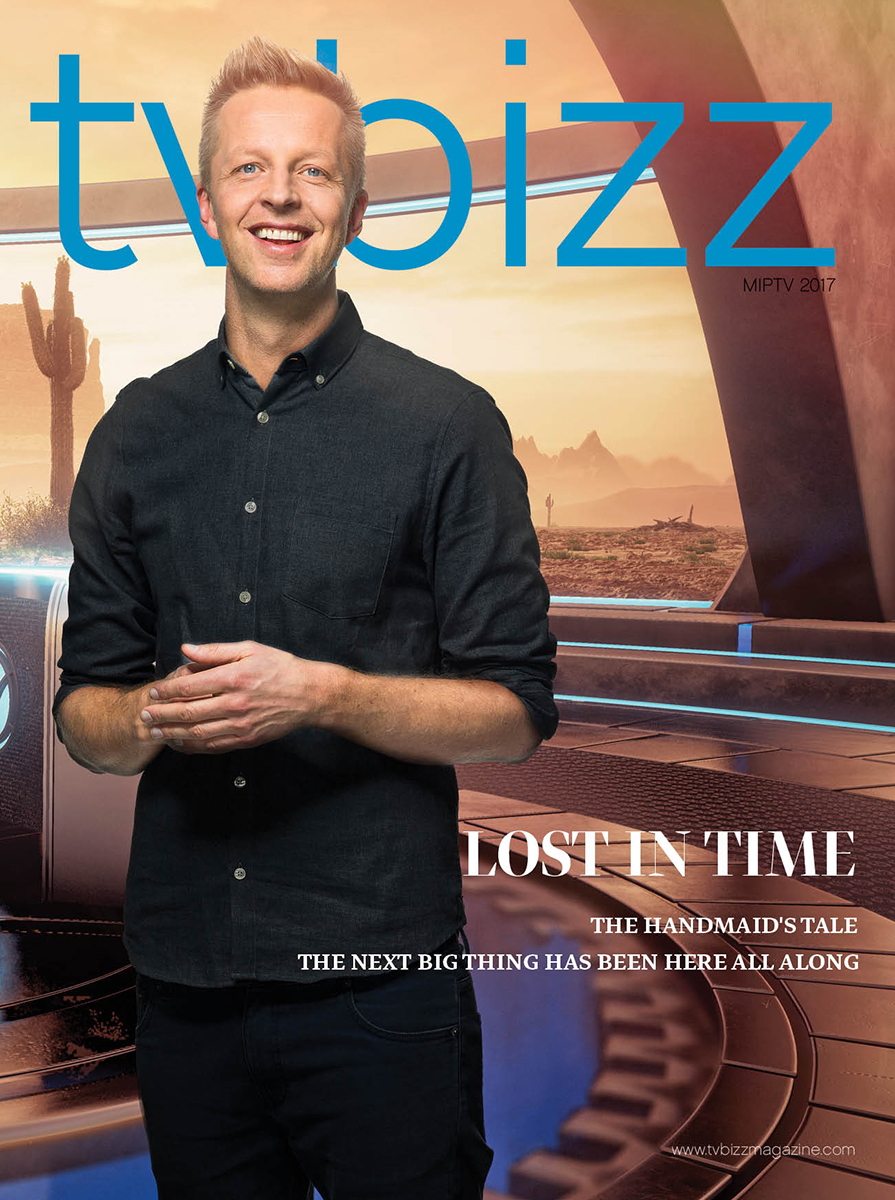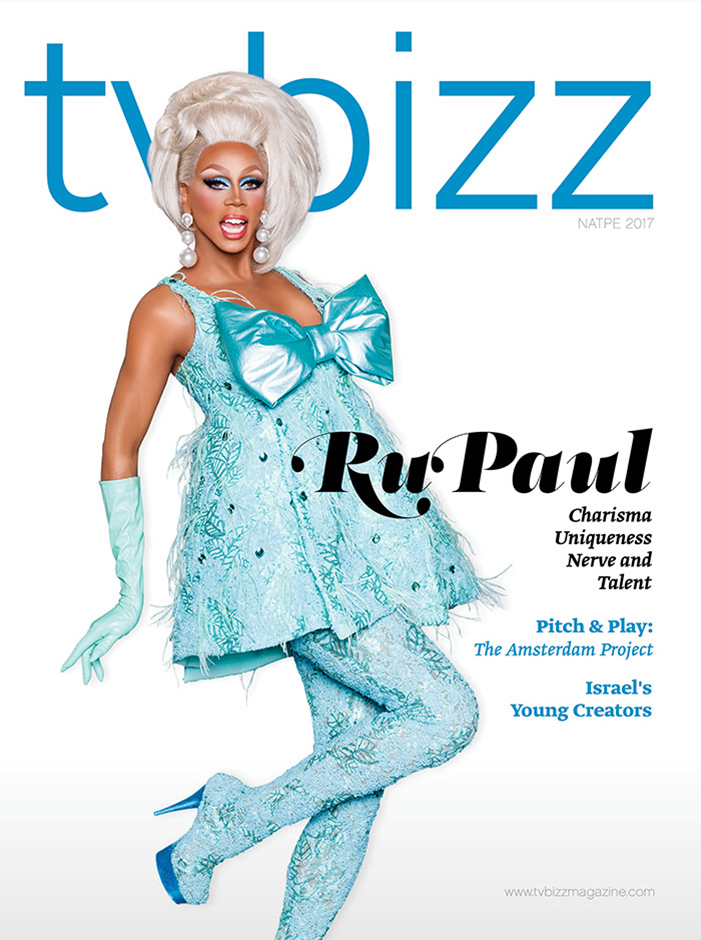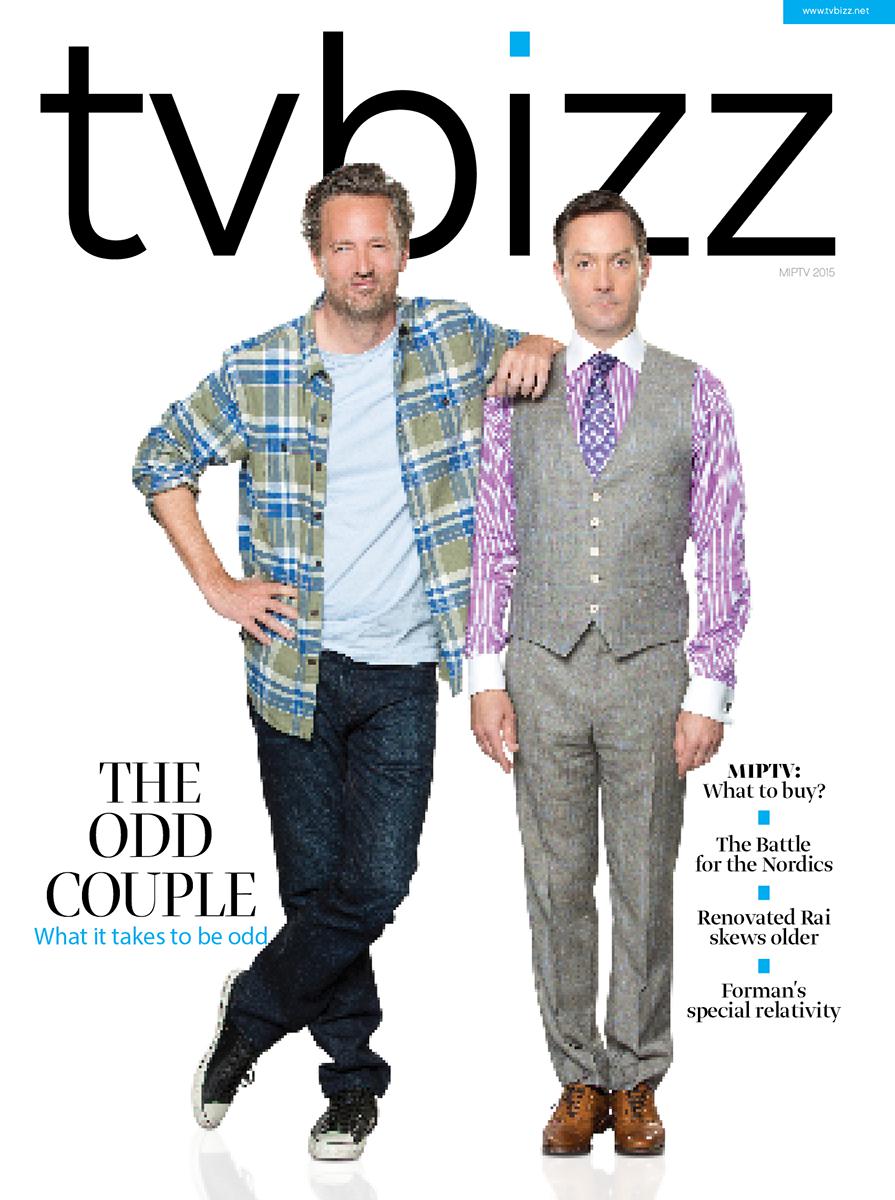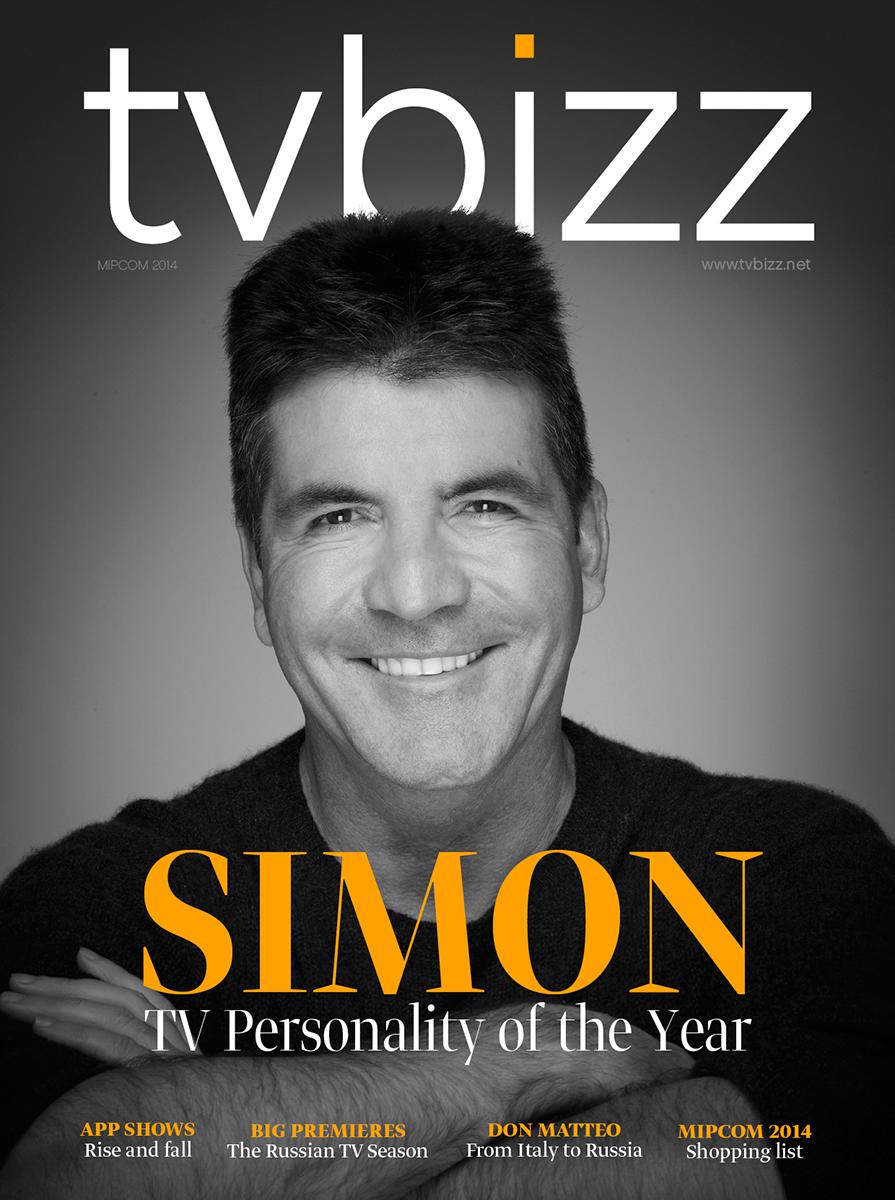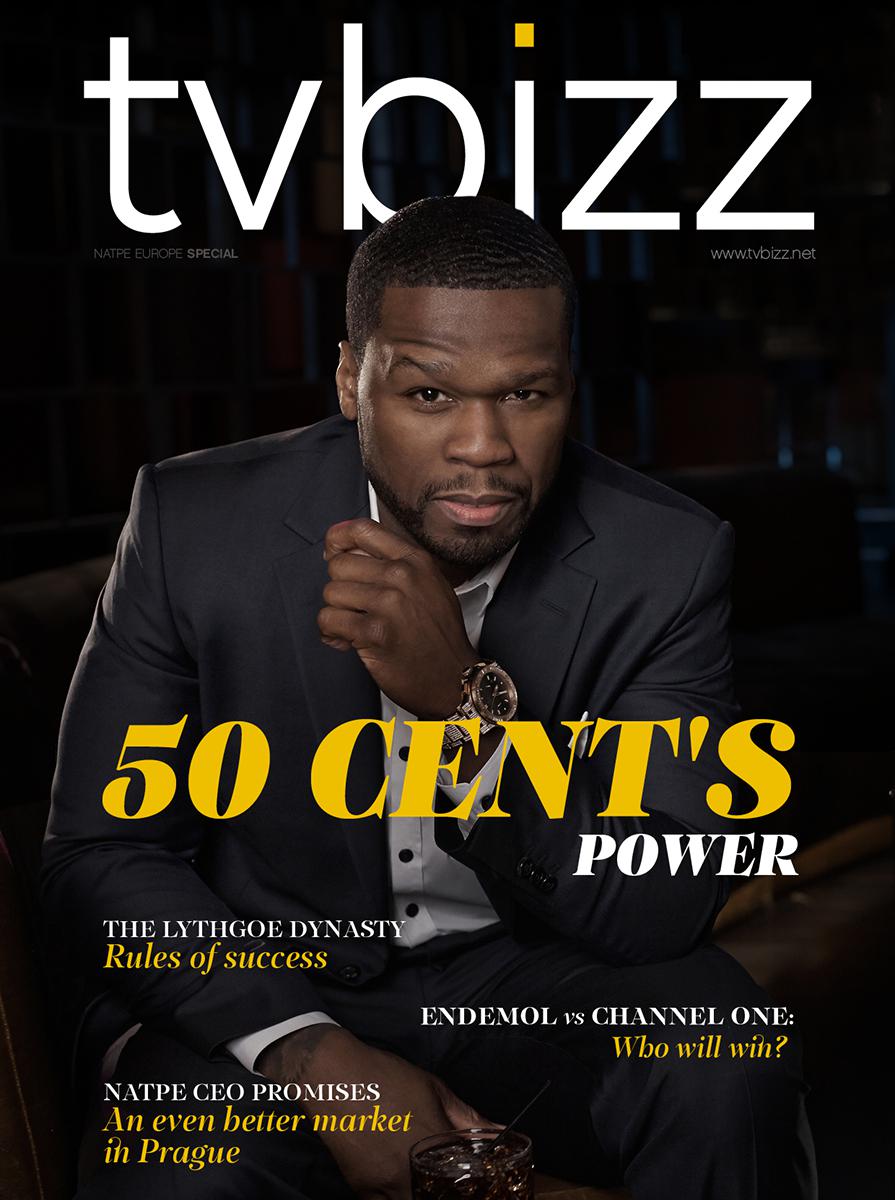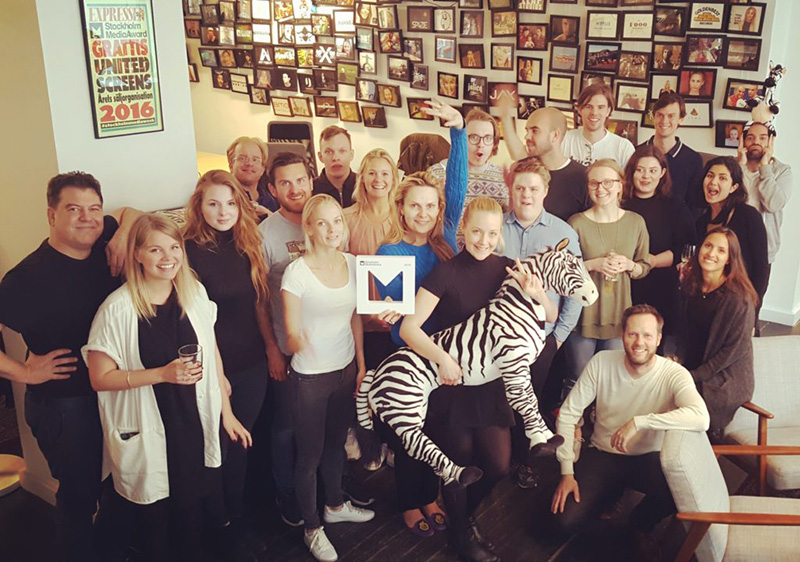
Malte: We are working close with the creators and see ourselves as a new media company, compared to the old industry. At the core of our company is the idea to always be on the creators side, and no matter what we set up always do it in a fashion that means gains or development for the creator. For instance, the YouTubers we’re working with always get the most of the money from ad space income.
How did United Screens?
Malte: Me and Stina Bergfors, who founded United Screens in the fall of 2013, had seen the explosive online video growth from two sides of the industry. I was working as Head of Scheduling on TV4, Sweden’s largest commercial broadcaster, and Stina Bergfors was Swedish Country Director of Google and YouTube. We had similar ideas and together we founded United Screens. Since then we’ve grown to become the largest YouTube network in the Nordics, with 350 million views per month, and as regards time spent per day per user, we’re comparing favorably to the largest commercial TV channels in the below 45 targets.
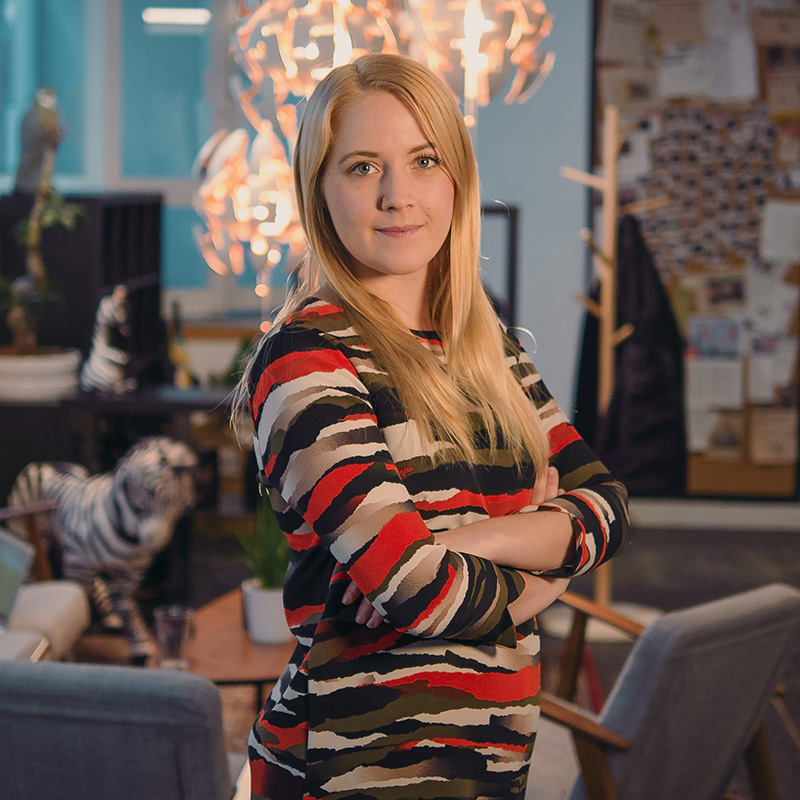
How would you describe what you do exactly to your grandmother?
Jessica: We are a media tech startup working with YouTube and other open online video platforms. We gather the best video creators in the Nordics, and with their help we create a great advertising offer. It’s both traditional advertising, like TV ads online, and more advanced advertising solutions. My grandmother is very smart, she’ll understand it.
You work with 550 different creators and partners. This sounds like a lot. How do you manage that?
Jessica: We see ourselves as a small organization with a high grade of service for the 550 creators we work with, compared to other YouTube networks that have tens of thousands YouTube channels. In that perspective, 550 are not that many. We’re helping them in 40 different areas on YouTube and other open online video platforms, such as monetization, branded content deals, rights management and much more.
How hard is it to secure and represent an influencer in the Nordics?
Malte: It’s a large and important work that we are doing on a long-term basis. Today we’re happy and proud to represent the absolute top tier of the Nordic YouTubers. It has been a complex way and hard work to be in the position so that we don’t need to have an offensive recruitment strategy. Rather, we have a reputation that the people that we want to work with understand that it’s beneficial for them to work with us.
What are your most successful projects?
Malte: It’s hard to point out something as particularly successful, but here are two that are a bit out of the ordinary.
Since 2013 we’ve been producing a YouTube channel called Gravid Vecka för Vecka (Pregnant Week by Week), where the fans get to follow pregnant couples through their pregnancy and all the topics connected to that specific issue. The sponsor for this channel is SCA, and together we’ve become the largest YouTube channel and forum for couples that are expecting. The results are breathtaking, we’we own the Swedish segment on YouTube connected to pregnancies.
Jessica: The second project that we’re especially proud of is our charity live stream Videohjälpen (The Video Help), where we live streamed 24/7 during one week in December and raised money for children in war zones and their right to education. When we were live in December, we had more than 150 guests in our studio who raised more than a quarter of a million Swedish crowns for charity.
What works best? Facebook, Twitter, Blogs, Instagram, or Snapchat?
Jessica: What we have realized during the 3.5 years that we have been working with online video is that online video and YouTube influencers have a great impact when doing marketing campaigns. As always, it depends on which audience you have and which target group you want to reach as a client, we have no “one size fits all” solution for doing campaigns. But in general, if you want to reach an older audience, turn to Facebook, a female audience you should head to Instagram, and younger target group, turn to Snapchat.
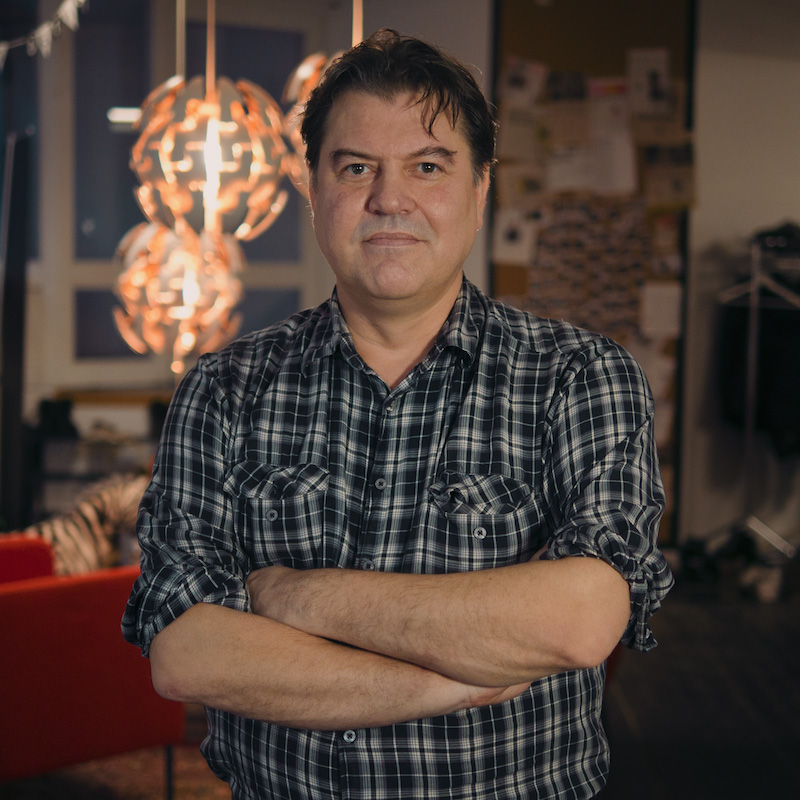
How many MCNs can exist on the market? How big is this market actually?
Malte: Today we see our main market as the Nordic countries, and we think that the barriers for entering the Nordic MCN market are quite high. You need to build up a high level of expertise and have a large volume for ad campaigns, and we think that the market has space for 2 or 3 large pan-Nordic MCNs, and some space for local specialists. Currently, the market is 30,000,000 € on a pan-Nordic level, and it’s growing 50% year on year. So how many can sustainably be here in the long run? I’d say two or three pan-Nordic tops, with some room left for single-territory companies.
How do you adapt to the ever-changing digital environment and stay ahead of the competition?
Jessica: We are always changing to improve, and we try to be disruptive in order to not lock ourselves into technical solutions, rather we try to embrace the free and open technical solution offered to the market.
Are MCNs competitors to traditional broadcasting companies or the two are existing in two separate markets with their corresponding audiences?
Malte: Yes, we are definitely seeing ourselves as competitors, for two reasons: one - the viewers have already relocated to online video in general and YouTube in particular; and two - now the advertisers are taking the same journey as their target audiences.
We and the traditional broadcasting companies are going after the same advertising money, but as the target groups are turning to online video (which is our core business), we are optimistic about the coming years.
Many experts say that TV still remains the most preferred media for advertisers. Are they wrong?
Malte: They are definitely right in the sense that ad buyers are still putting much more ad buys into traditional television than into online video. However, the audience is moving on a major scale, and we know for sure that the ad money will go where the audience is going in the long run. We have great growth - TV in Sweden is shedding 10% of its audience per year. We have patience, we’re working on a ten-year plan.
You are already present in Finland, Norway and Sweden and you also recently partnered with Danish Gonzo Media. What are the plans for 2017? Will you enter any other markets?
Malte: We are studying the options. We’ll stay in northern Europe, at least for now, but there are many exciting possibilities just in that region.
The biggest news in the MCN market so far this year was the trouble in the relationship between the vlogger PewDiePie and YouTube. The case clearly shows the complex and fragile relationship between content creators, platforms, and advertisers. In your opinion, what is the right thing to do in this situation to keep all parties satisfied?
Malte: Is that really what it shows? I’d say no, I don’t agree. To me, the whole story is more about lack of knowledge, and a fundamental lack of understanding between the parties involved. I’d say it’s more of a symptom of an immature setup, with several parties involved lacking basic understanding and trying to cram new phenomena into old models.
The right thing to do is easy to point out and at the same time really hard to get. To navigate and master this ecosystem requires deep understanding and real expertise about the creators, about the platforms, and about the advertisers at the same time.
As insiders, what would you kindly say to those people who think creating online video content is not a serious thing and everybody can do it?
Jessica: Of course, everyone can do video, but not everybody can get viewers, which is essential to continue to doing online video and have it as a profession. To make a comparison: everyone can sing, but not everyone is becoming Lady Gaga.
The situation right now, with the cost of production and the cost of distribution dropping to fractions, is rather that we are going into a situation where there is a level playing field, where we the audience decide who is Lady Gaga and who should stick to karaoke. The days when a distribution owner determined who gets the limelight are coming to an end. ▪








